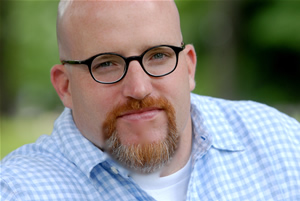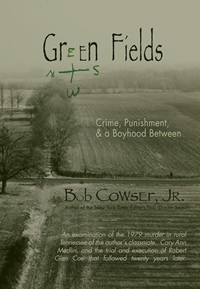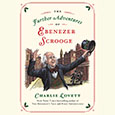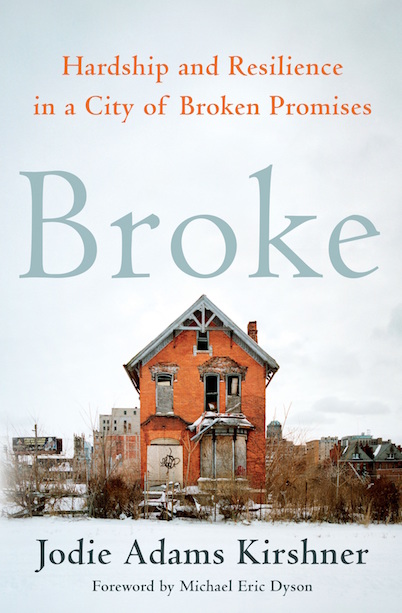Murder Memoir
With relentless fascination, Bob Cowser Jr. recounts the murder of a childhood friend, and the trial and execution—two decades later—of her killer
In the fall of 1979, Bob Cowser Jr. was a nine-year-old baseball enthusiast in the tiny town of Greenfield, a suburb of Martin, Tennessee, when his friend Cary Ann Medlin was abducted, raped, and murdered by a misfit—in the purest, Southern Gothic sense of the word—named Robert Glen Coe. The last time Cowser saw his playmate alive was through the chain link fence of a public swimming pool where he had spent much of his summer. The girl, who often rode her bike around the neighborhood and seemed to fear nothing, called out his name and asked, “What are you doing here?” It was a question that would reverberate long after her death.
In Green Fields: Crime, Punishment, & A Boyhood Between, Cowser, a thoughtful essayist and author of three previous works of creative nonfiction, explores the myriad implications of the question. What is he doing here? Why did he survive to have a career and a child of his own? Why does Cary Ann Medlin’s tragic case fascinate him to the point of spending years researching and writing about it? “I felt eerily like part of that original search party, most afraid that I’d actually find something,” he writes, describing the process of steeling himself to examine the crime-scene photographs for the first time in a courthouse library. “At first I couldn’t look and I got up to take a lunch break, walking all the way out to my car in the parking lot before I turned around and went back inside. But I did come back: if I was going to do this thing, I had to be willing to look at the worst of it.”
 And so he does. The worst of it is the criminal at the heart of the story. Cowser describes Robert Glen Coe as a product of what Flannery O’Connor called “The School of Southern Degeneracy”: a greasy-haired twenty-four-year-old mechanic with a teenage wife, an eight-month-old daughter, and an abusive childhood. Beaten horrifically from infancy onward by a drunken father who failed at everything, including suicide by gun, Coe left school at an early age and grew into an adult whose only hobbies were smoking marijuana and exposing himself to children. Far from a criminal mastermind, he abducted Cary Ann Medlin not by design but in a moment of opportunity and impulse. He killed her, he later claimed, because the terrified little girl told him that Jesus loved him, something he could neither believe nor abide. Cowser combines police and court transcripts with his own interviews of the surviving investigators, lawyers, and Coe’s family members. The finely crafted portrait of the killer that emerges is at once abhorrent and disturbingly compelling.
And so he does. The worst of it is the criminal at the heart of the story. Cowser describes Robert Glen Coe as a product of what Flannery O’Connor called “The School of Southern Degeneracy”: a greasy-haired twenty-four-year-old mechanic with a teenage wife, an eight-month-old daughter, and an abusive childhood. Beaten horrifically from infancy onward by a drunken father who failed at everything, including suicide by gun, Coe left school at an early age and grew into an adult whose only hobbies were smoking marijuana and exposing himself to children. Far from a criminal mastermind, he abducted Cary Ann Medlin not by design but in a moment of opportunity and impulse. He killed her, he later claimed, because the terrified little girl told him that Jesus loved him, something he could neither believe nor abide. Cowser combines police and court transcripts with his own interviews of the surviving investigators, lawyers, and Coe’s family members. The finely crafted portrait of the killer that emerges is at once abhorrent and disturbingly compelling.
Cowser delivers the seemingly inexorable unfolding of events surrounding Coe’s savage crime and eventual arrest in a straightforward, descriptive style reminiscent of Truman Capote in In Cold Blood. Comparisons to Capote’s masterpiece may be inescapable in any literary treatment of a horrific, real-life killing in an outwardly peaceful, rural setting. Yet the book actually has much more in common with Sebastian Junger’s 2006 bestseller, A Death in Belmont. As in Junger’s book about the Boston Strangler (who may have worked in the author’s own house on the day of one of the killings), what motivates Cowser is his personal connection to the murder, a connection that gives him permission not only to mine the lives and families of killer and victim, but to ask questions that are more deeply personal than are required by the narrative form of the typical whodunit. Green Fields is, in the end, one man’s meditation on how random violence shapes our lives, and how we should respond to it.
 When, for example, Coswer discovers that Coe spent the Friday night before the murder taking drugs at a cousin’s house on Meek Street, the fact makes an “eerie kind of sense” to him. “My friends lived in subdivisions with names like ‘Scenic Hills’ and ‘Glenwood’ and ‘Oakwood Estates,’” he explains, “but our house on Virginia Street, for all its proximity to the pool and the school and the ballfields and for all our idyllic days there, was only one street over from Martin’s one rough thoroughfare, the aptly named Meek Street.” In describing the street, full of abandoned cars, sagging trailers, and vicious dogs, Cowser recognizes that it is “a cliché—the one about white Southern poverty. My brother and I took our lumps on the public basketball courts and playgrounds from rough Meek Street boys who resented our clean clothes and shiny new basketballs.” In describing the ways he and his brother grew to taunt and resent these neighbors, Cowser comes to the realization that he “did not like the idea that there were boys like Robert Glen Coe still out there, remnants of that sharecropping, Caldwellian Old South, tucked here and there in trailers and ramshackle farmhouses, starving.”
When, for example, Coswer discovers that Coe spent the Friday night before the murder taking drugs at a cousin’s house on Meek Street, the fact makes an “eerie kind of sense” to him. “My friends lived in subdivisions with names like ‘Scenic Hills’ and ‘Glenwood’ and ‘Oakwood Estates,’” he explains, “but our house on Virginia Street, for all its proximity to the pool and the school and the ballfields and for all our idyllic days there, was only one street over from Martin’s one rough thoroughfare, the aptly named Meek Street.” In describing the street, full of abandoned cars, sagging trailers, and vicious dogs, Cowser recognizes that it is “a cliché—the one about white Southern poverty. My brother and I took our lumps on the public basketball courts and playgrounds from rough Meek Street boys who resented our clean clothes and shiny new basketballs.” In describing the ways he and his brother grew to taunt and resent these neighbors, Cowser comes to the realization that he “did not like the idea that there were boys like Robert Glen Coe still out there, remnants of that sharecropping, Caldwellian Old South, tucked here and there in trailers and ramshackle farmhouses, starving.”
In carefully reported action that is both as uncomfortable and as seemingly inevitable as the crime itself, Coe is convicted, sentenced to death, and becomes a long-time death-row inmate, represented by a string of anti-death-penalty attorneys who wished on principle to spare his life and opposed by others who hoped to make him the first person executed in Tennessee since 1960. Charlotte Stout, the mother of Cary Ann Medlin, was a key figure in the public debate, and she is the dominant character of the latter part of the book. A highly religious woman who urged Coe to turn to God in prison, she nonetheless became a seasoned media figure in publicly demanding his death, and without further delay. It is an argument she ultimately won, and she was present at Coe’s execution, more than twenty years after the day her daughter disappeared.
In his final reflections on the case and the time he spent pursuing it, Cowser mentions a file he maintained called “coincidences”—odd, but meaningless connections he found between Medlin, Coe, and himself or his family. And yet these connections, like the book itself, highlight the message of Coswer’s meditations: we are all connected to the violence of our society, in ways we prefer to ignore, but in ways that may shape us nonetheless.


